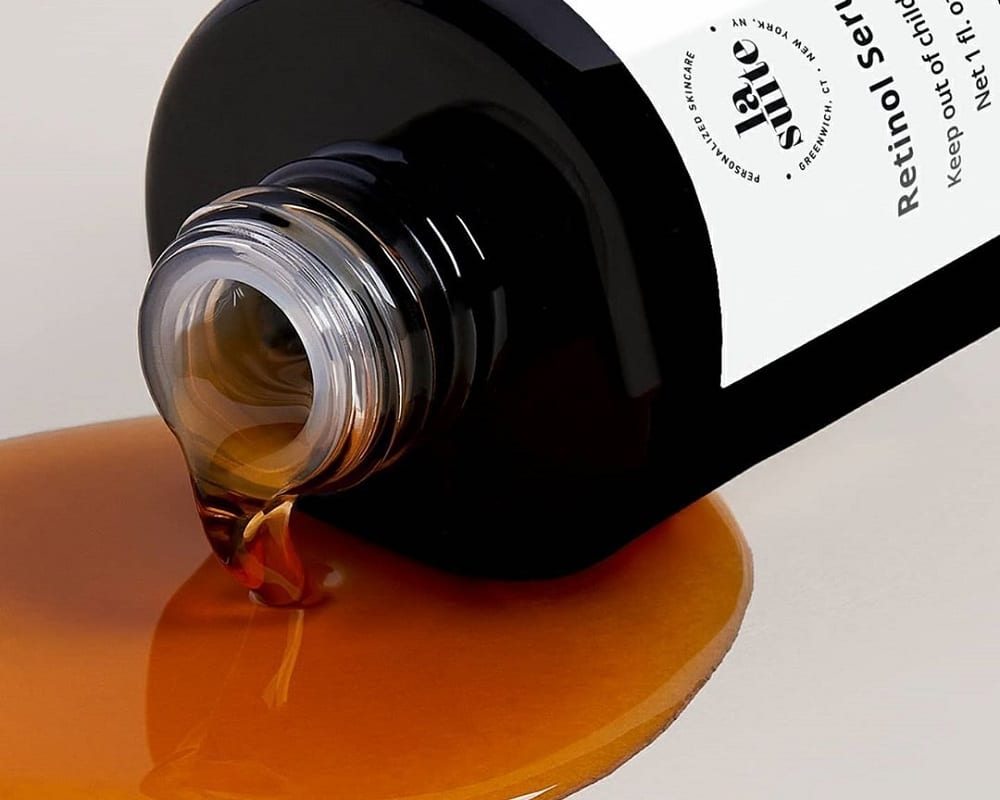
Retinol is the most powerful and effective skincare ingredient when it comes to treating various skincare issues. Fine lines, wrinkles, acne, acne scars, dark spots, blackheads, and whiteheads, everything can be cured with the regular use of retinol.
But with great power comes great duty and if not used properly, retinol can damage the skin rather than causing any benefit. So, it’s really important to know the correct way to introduce it to your skincare regime.
In this feed, we will guide you on how you should add retinol to your skincare regime and seek the maximum benefit from it. So, let’s get started!
What Is Retinol

Retinol is also known as Vitamin A and is a naturally happening vitamin that helps in stimulating the skin cells. When used regularly, it creates room for new skin to come, thus leaving behind all the flaws. It also increases the skin’s collagen production and elasticity.
The Right Time To Use Retinol

The correct age to introduce retinol is in the mid-twenties. During the twenties, the skin goes through various textural changes and needs a powerful ingredient to help fight various skin issues and most importantly cure the premature signs of aging.
So, if you’re in your twenties and thinking to add this to your skincare regime, this would be the best time. The goal should be prevention is better than cure and that’s what emphasizes the need for adding retinol to your skincare regime.
Two Forms Of Retinol

Retinol is available in two forms one is the prescribed retinol and the other is over-the-counter ones. While the prescribed retinol is a higher concentration of retinol, the over-the-counter ones are less concentrated.
The prescribed retinol treatments are given by dermatologists and include severe side-effects and the over-the-counter form of retinol is readily available in skincare products such as a serum, eye-creams, and gels and contains less strength of retinol and thus can be easily added to your skincare regime.
While both are retinol but the major difference between both the forms is that the prescribed retinol gives results more quickly than the over-the-counter retinol but you should only use it after consulting your doctor.
The Side Effects Of Retinol

Retinol has various side-effects and everyone’s skin reacts differently to retinol and since it’s such a powerful ingredient side effects are pretty obvious.
Some of the major side effects include-
• Skin Peeling
• Purging
• Redness
• Irritated Skin
• Dry skin especially around the eyes and mouth.
Darker skin tones should use Retinol very cautiously as it causes dark patches in darker skin tones over time if the skin gets irritated, thus use it properly.
How To Use It-

Most of you would be thinking of how to use retinol cautiously and the best way to use retinol, avoiding any damage is to build the skin’s tolerance towards it.
• Retinol comes in various percentages and rather than opting for a higher percentage go for a lower one and build the skin’s tolerance towards it.
• Even if you’re using a lower percentage, use it gradually. Initially, once or twice a week and then slowly taking the usage to thrice a week but not more than that.
• The best way to use it once you build tolerance is to use it every alternate night. Make sure you add retinol to your pm skincare routine and not use it in the morning.
Retinol makes the skin photosensitive, so make sure you apply SPF every day (even when not stepping out in the sun) to prevent any skin damage.
